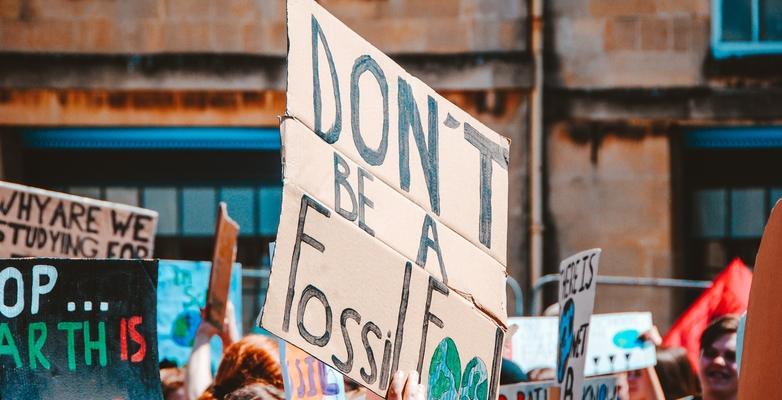
10 Climate Action Terms to Know
Having a shared understanding of these 10 terms is important to being part of Climate Reality's work around the world.
Groups of friends almost always develop a short-hand; doesn’t matter if it’s a group of close high school pals or the climate movement. We’re no different – we have a way of talking and within that, a way of knowing what someone means by a handful of key phrases.
The 10 below seemed the most vital to being part of the conversation about the climate crisis right now. They are the focus of a lot of the work among our US chapters and nearly 50,000-strong network of Climate Reality Leaders all around the world.
They are key terms being said behind closed doors in policy discussions right now. Policy that will determine the future health of the planet.
Adaptation
Measures and adjustments made in human or natural systems as a response to the climatic stimuli, real or projected, or its effects, that lower the risks and take advantage of the potential benefits, reducing the vulnerability of societies and ecosystems.
Mitigation
Implementation of policies and actions intended to reduce the emission of anthropogenic greenhouse gases or improve the sinks of those gases (e.g. forests). Along with adaptation, it is one of the existing strategies to manage climate change.
Climate change
A change registered during an extended period of time (decades or more) regarding climatic variables such as precipitation, temperature, and wind, caused by natural or anthropogenic factors together with the natural climate volatility observed during comparable periods of time.
Climate justice
Climate justice frames the environmental crisis as an economic, racial, and political issue, rather than one that is purely environmental or physical in nature.
Climate justice focuses on the root causes of the climate crisis – including an economy heavily dependent on the exploitation of fossil fuels, deeply embedded structural racism, and other social inequities. It calls for solutions that center the priorities and the voices of the most impacted communities.
Environmental justice
Environmental justice is the fair treatment and meaningful involvement of all people regardless of race, color, national origin, or income, with respect to the development, implementation, and enforcement of environmental laws, regulations, and policies.
It is achieved when everyone enjoys the same degree of protection from environmental and health hazards, and there is equal access to the decision-making process to have a healthy environment in which to live, learn, and work.
Environmental justice is intended to address environmental racism and the disproportionate burden of the climate crisis and other environmental factors on low-income communities, regardless of race or ethnicity.
FENCELINE COMMUNITIES
A fenceline community lives immediately adjacent to highly polluting facilities – think fossil fuel infrastructure, industrial parks, or large manufacturing facilities – and is directly affected by the traffic, noise, operations, and most-concerningly, chemical and fossil fuel emissions of the operation.
Frontline communities
Frontline communities are those that experience environmental injustice and the impacts of the climate crisis “first and worst.”
Overwhelmingly and disproportionately people of color, individuals in these communities have endured the incredible physical, economic, and mental burdens of climate change. They’ve been forced to rebuild their homes and lives after climate-fueled floods or wildfires take everything they’ve worked for. They’ve lived through heatwave after heatwave or watched endless droughts turn crops into dust.
Because of their lived experience, people in frontline communities have become experts on the climate crisis: not just what it’s like to go through, but what solutions actually work on the ground. Which is why their voices and leadership are so important to the future of the climate movement.
Just transition
A just transition is both an outcome and the process of achieving a clean energy future. It is a “framework for a fair shift to an economy that is ecologically sustainable, equitable, and just,” according to the Indigenous Environmental Network.
A just transition will invest in jobs, support former fossil fuel workers, guarantee social protection and human rights to all, invest in community renewal, support innovation and technology sharing, and ensure the involvement of workers and communities impacted by the transition to clean energy technologies.
Renewable energy
Energy obtained from natural sources that are considered endless due to the immense amount of energy they contain, or due to their capacity to regenerate themselves in a natural way. Renewable energies are divided into: eolic (wind), geothermic, hydroelectric, tidal energy, solar, wave energy, biomass, and biofuels.
Tipping point
When it comes to climate, a tipping point is the hypothetical critical threshold at which the global or regional climate changes from one steady state to another. The effects of this event can be irreversible.
What You Can Do Next
Ready to take the next step in your path as a climate advocate? Consider joining a Climate Reality chapter, or train with us at a future Climate Reality Leadership Corps training. Learn more about both by signing up for our email list below.




